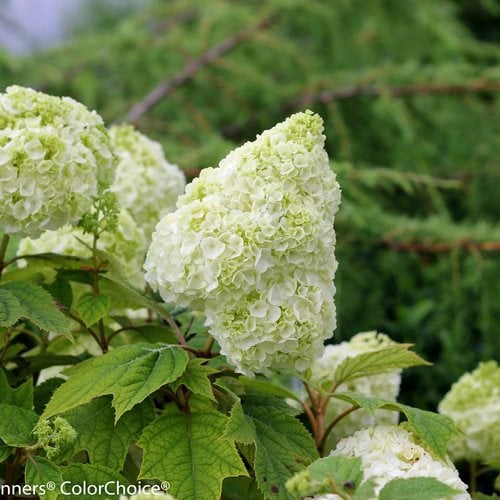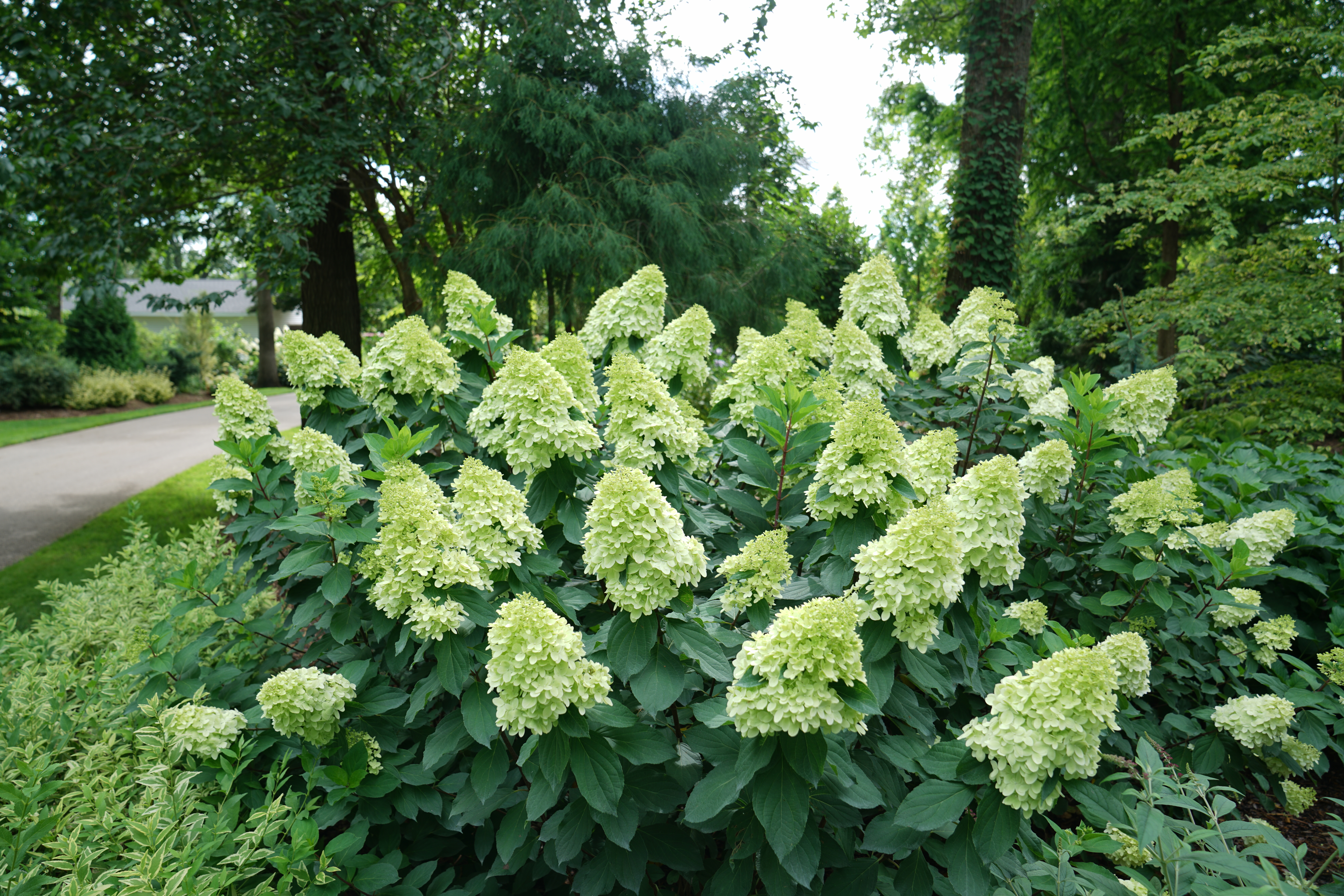The Ultimate Guide To Woody Hydrangeas
The Ultimate Guide to Woody Hydrangeas
Introduction
Hydrangeas are some of the most popular flowering shrubs in the world, and for good reason. They come in a wide variety of colors, shapes, and sizes, and they can be grown in a variety of climates. Woody hydrangeas are a type of hydrangea that blooms on old wood, meaning that the flower buds are formed on the previous year's growth. This makes them a bit more challenging to care for than other types of hydrangeas, but they can be very rewarding if you know how to properly care for them.
In this guide, we will discuss everything you need to know about growing and caring for woody hydrangeas. We will cover topics such as choosing the right location, planting, watering, fertilizing, pruning, and pest control. We will also provide some tips on how to get the most out of your woody hydrangeas.
Main Content
Choosing the Right Location
The first step to growing healthy woody hydrangeas is to choose the right location. Woody hydrangeas prefer full sun to partial shade, but they can tolerate some full sun in cooler climates. They also need well-drained soil. If your soil is not well-drained, you can improve drainage by adding sand or gravel to the planting hole.
Planting
Woody hydrangeas should be planted in the spring or fall. When planting, dig a hole that is twice as wide as the root ball of the plant. Backfill the hole with soil, being careful not to bury the crown of the plant. Water the plant well after planting.
Watering
Woody hydrangeas need regular watering, especially during the first year after planting. Water deeply once a week, or more often if the weather is hot and dry. Mulching around the plant will help to retain moisture in the soil.
Fertilizing
Woody hydrangeas should be fertilized in the spring and fall. Use a balanced fertilizer, such as 10-10-10. Apply the fertilizer according to the directions on the label.
Pruning
Woody hydrangeas should be pruned in the summer after the blooms have faded. This will encourage new growth and flowering for the following year. When pruning, remove any dead, diseased, or damaged branches. You can also thin out the plant by removing some of the older branches.
Pest Control
Woody hydrangeas are generally not susceptible to pests or diseases. However, they can be susceptible to aphids, scale, and spider mites. If you see any pests on your hydrangeas, you can treat them with an insecticidal soap or neem oil.
Getting the Most Out of Your Woody Hydrangeas
There are a few things you can do to get the most out of your woody hydrangeas. First, make sure they are getting enough sunlight and water. Second, fertilize them regularly. Third, prune them properly. And finally, keep an eye out for pests and diseases.
If you follow these tips, you should be able to enjoy beautiful woody hydrangeas for many years to come.
Conclusion
Woody hydrangeas are a beautiful and rewarding addition to any garden. With proper care, they can thrive for many years and provide you with years of enjoyment.
If you are interested in learning more about woody hydrangea, I recommend visiting . This website provides a wealth of information about this beautiful plant, including its history, care requirements, and different varieties. You can also find photos and videos of woody hydrangeas in bloom.
is a well-respected gardening website that has been providing reliable information for over 20 years. The website's authors are all experienced gardeners who are passionate about sharing their knowledge with others.
The woody hydrangea section of is packed with information. You will learn about the different types of woody hydrangeas, how to plant and care for them, and how to prevent pests and diseases. You will also find tips on how to prune woody hydrangeas to achieve the desired shape and size.
In addition to the written content, also features a gallery of photos and videos of woody hydrangeas in bloom. These images will give you a better idea of the different colors and shapes that woody hydrangeas can come in.
If you are serious about growing woody hydrangeas, I highly recommend visiting . The website is a valuable resource for gardeners of all levels of experience.
FAQ of woody hydrangea
- What are the buds on old wood hydrangea?
The buds on old wood hydrangea are produced on the stems that grew the previous year. These buds will bloom in the spring or summer, depending on the variety of hydrangea. If you prune your hydrangea in the spring, you will be removing the buds that will bloom that year. To ensure a good bloom, it is best to prune your hydrangea in the fall or winter.
- How do I care for a woody hydrangea?
Woody hydrangeas are relatively easy to care for. They need full sun to partial shade and well-drained soil. They should be watered regularly, especially during hot, dry weather. In the spring, you can fertilize your hydrangea with a balanced fertilizer. To encourage blooms, you can add lime to the soil if your hydrangea is producing blue flowers.
- What are some common pests and diseases of woody hydrangeas?
The most common pests of woody hydrangeas are aphids, spider mites, and scale insects. These pests can be controlled with insecticidal soap or neem oil. Some common diseases of woody hydrangeas include leaf spot, powdery mildew, and rust. These diseases can be prevented by watering your hydrangea in the morning so that the leaves have a chance to dry before nightfall. If your hydrangea does develop a disease, you can treat it with a fungicide.
- How do I propagate woody hydrangeas?
Woody hydrangeas can be propagated by cuttings or division. To propagate by cuttings, take a 4-6 inch cutting from a healthy stem in the spring or summer. Remove the bottom leaves and dip the cutting in rooting hormone. Plant the cutting in a pot of well-draining soil and keep the soil moist. The cutting should root in about 4-6 weeks.
To propagate by division, dig up a mature hydrangea plant in the spring or fall. Use a sharp knife or spade to divide the plant into two or more sections. Each section should have at least a few roots and some leaves. Plant the divisions in separate pots or in the ground.
- Why are hydrangeas important?
Hydrangeas are important for a number of reasons. They are beautiful flowers that can add color and interest to any garden. They are also relatively easy to care for, making them a good choice for beginner gardeners. Hydrangeas can also be used to make medicine. The root and rhizome of the hydrangea plant have been used to treat urinary tract infections, enlarged prostate, and kidney stones.
Image of woody hydrangea
5 different images of "woody hydrangea" from Pinterest:
- Oakleaf hydrangea (Hydrangea quercifolia) is a large, woody shrub with peeling bark and elongated panicle flowers. It is native to eastern North America and can grow up to 15 feet tall.

- Smooth hydrangea (Hydrangea arborescens) is a smaller, more compact shrub than oakleaf hydrangea. It has smooth bark and smaller, more rounded flowers. It is native to eastern North America and can grow up to 6 feet tall.

- Peegee hydrangea (Hydrangea paniculata 'Grandiflora') is a fast-growing shrub with large, cone-shaped flowers. It is not native to North America but is a popular garden plant. It can grow up to 12 feet tall.
- Annabelle hydrangea (Hydrangea arborescens 'Annabelle') is a popular garden plant known for its large, white flower heads. It is not native to North America but is a hardy shrub that can grow in most climates. It can grow up to 6 feet tall.
- Limelight hydrangea (Hydrangea paniculata 'Limelight') is a newer variety of hydrangea that is known for its lime green flowers. It is not native to North America but is a hardy shrub that can grow in most climates. It can grow up to 10 feet tall.

Post a Comment for "The Ultimate Guide To Woody Hydrangeas"